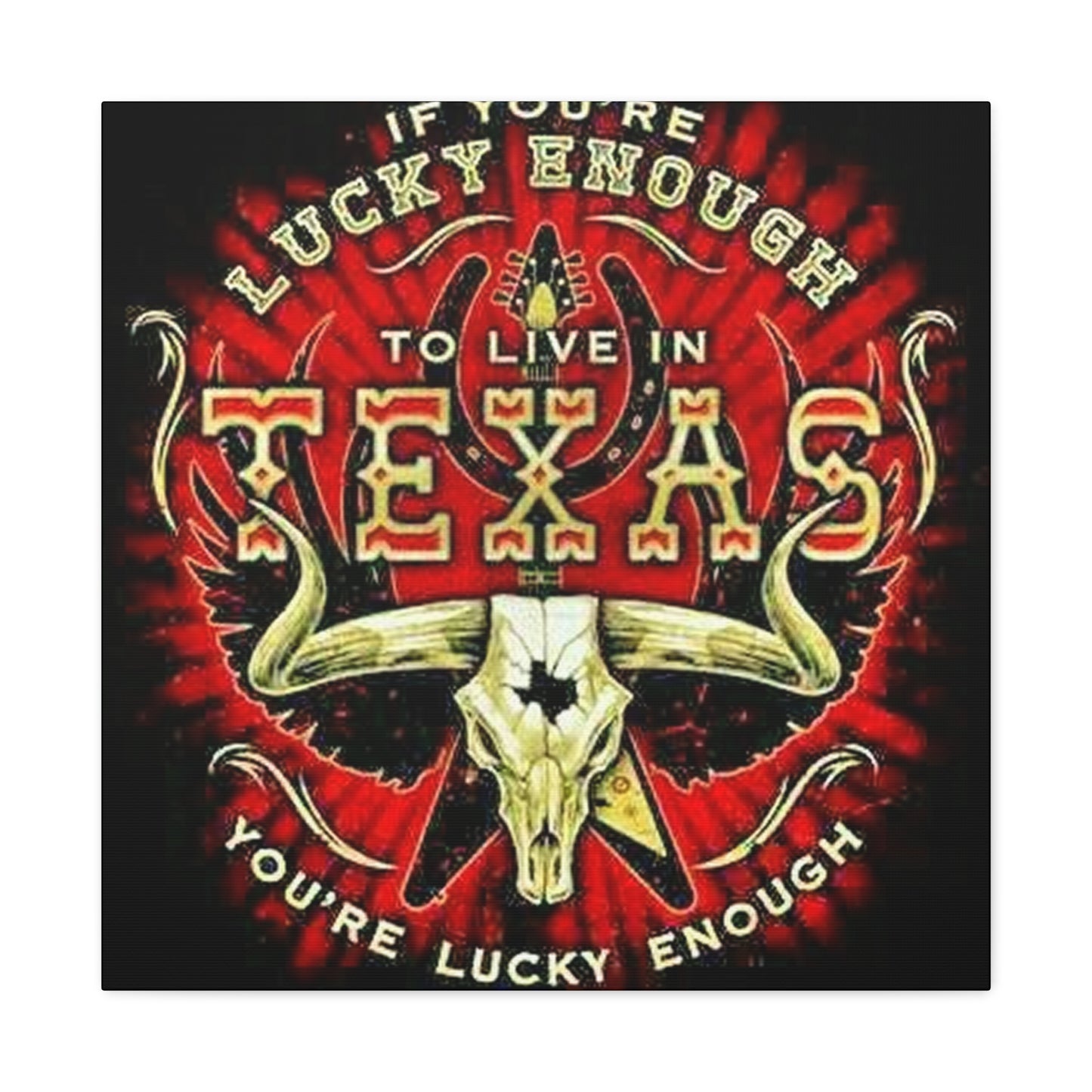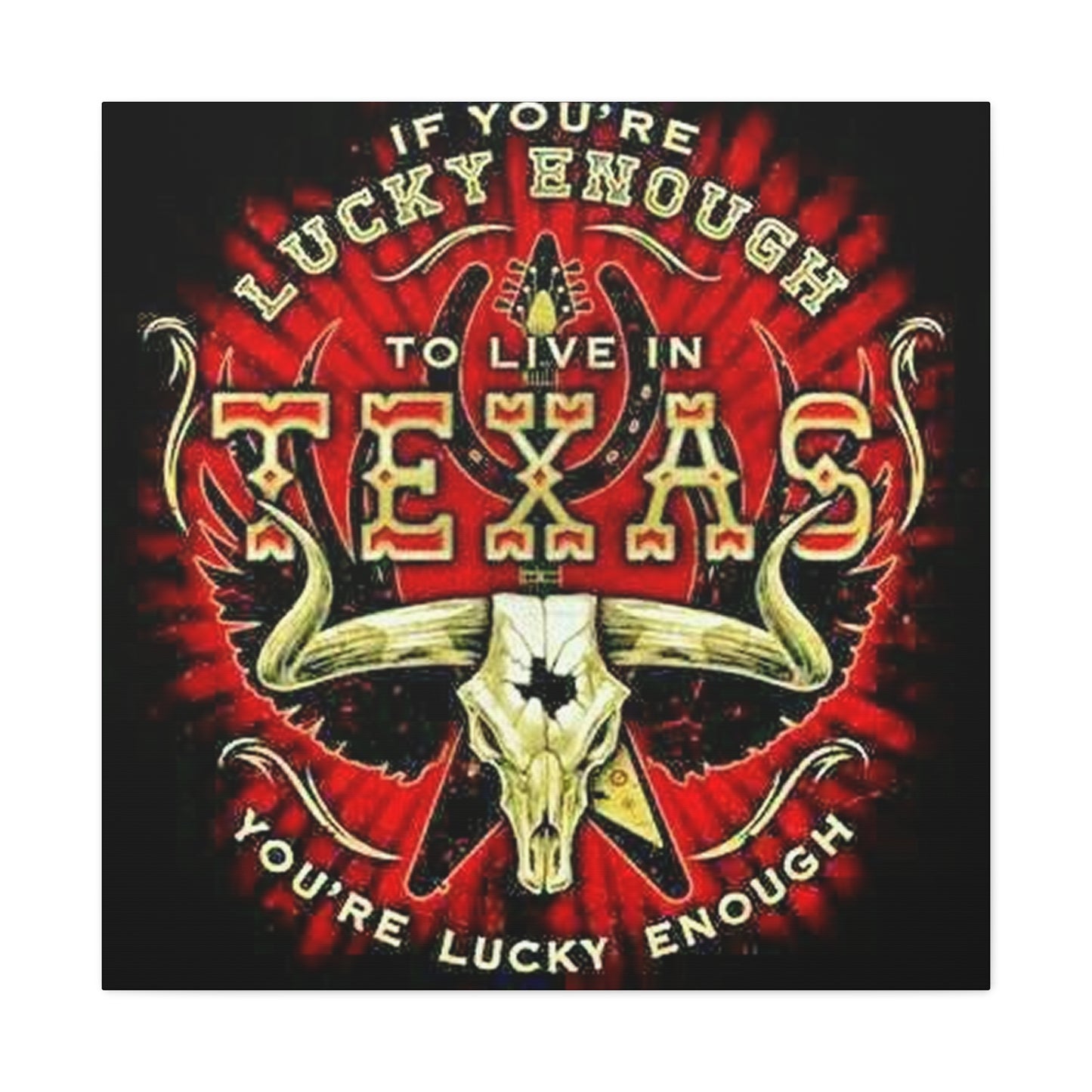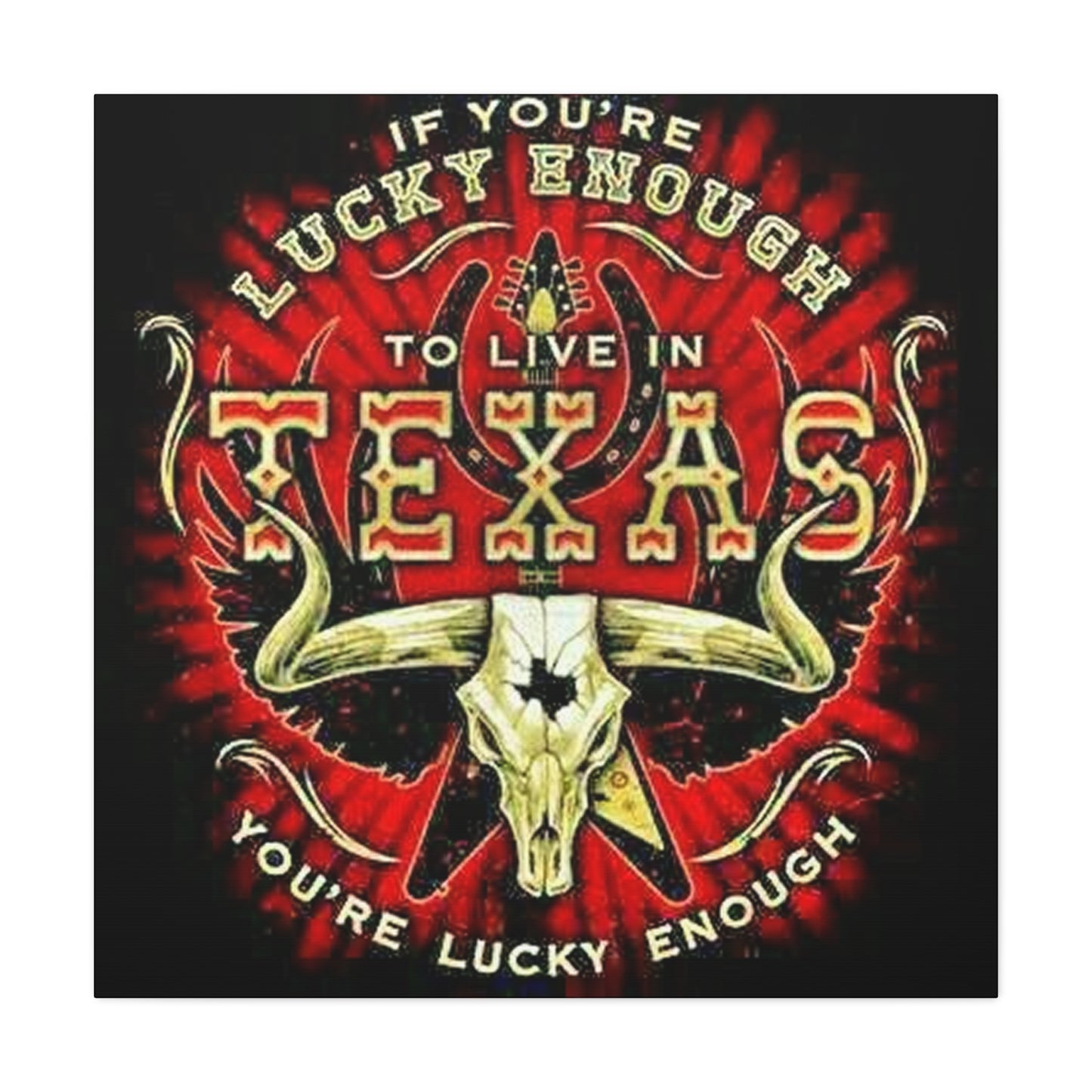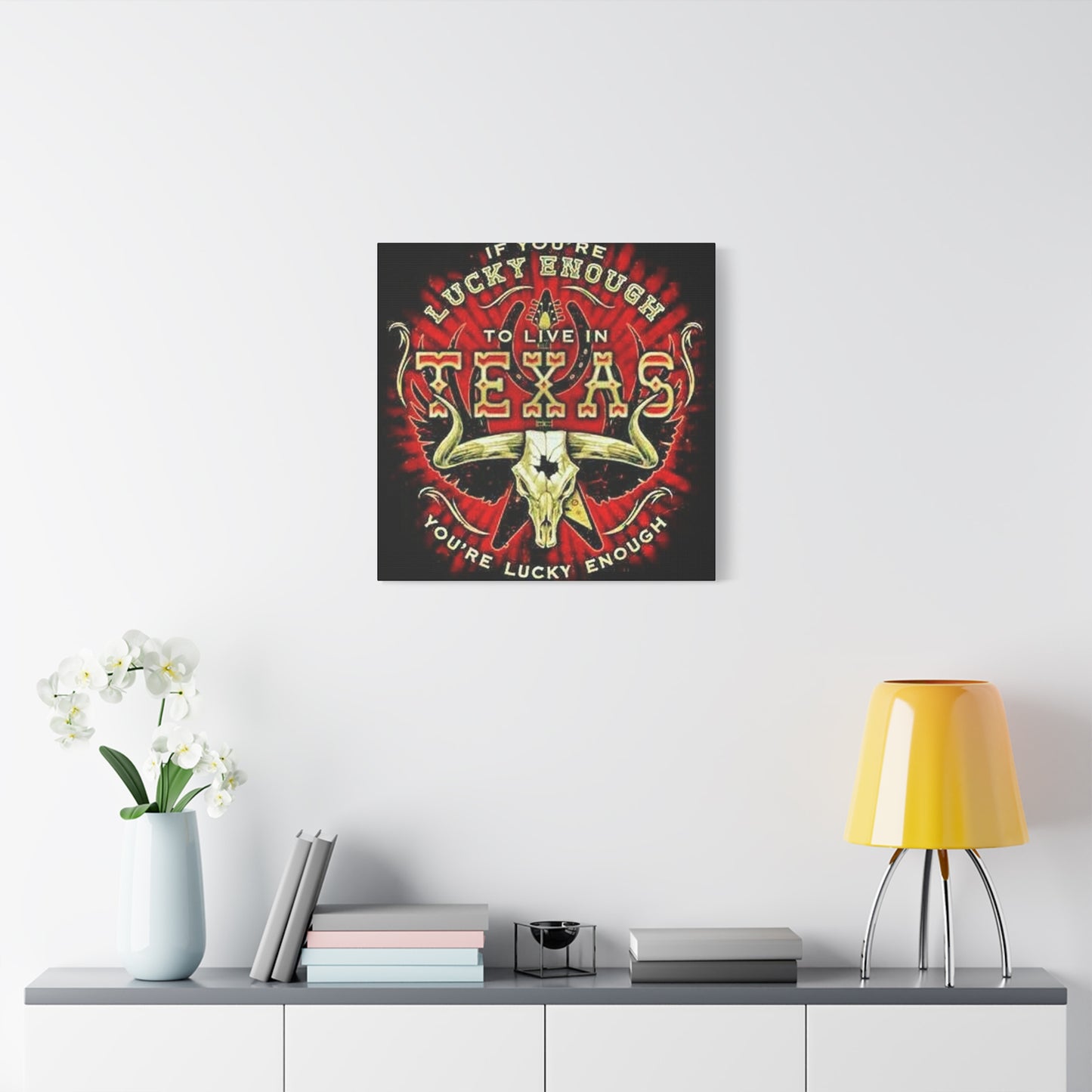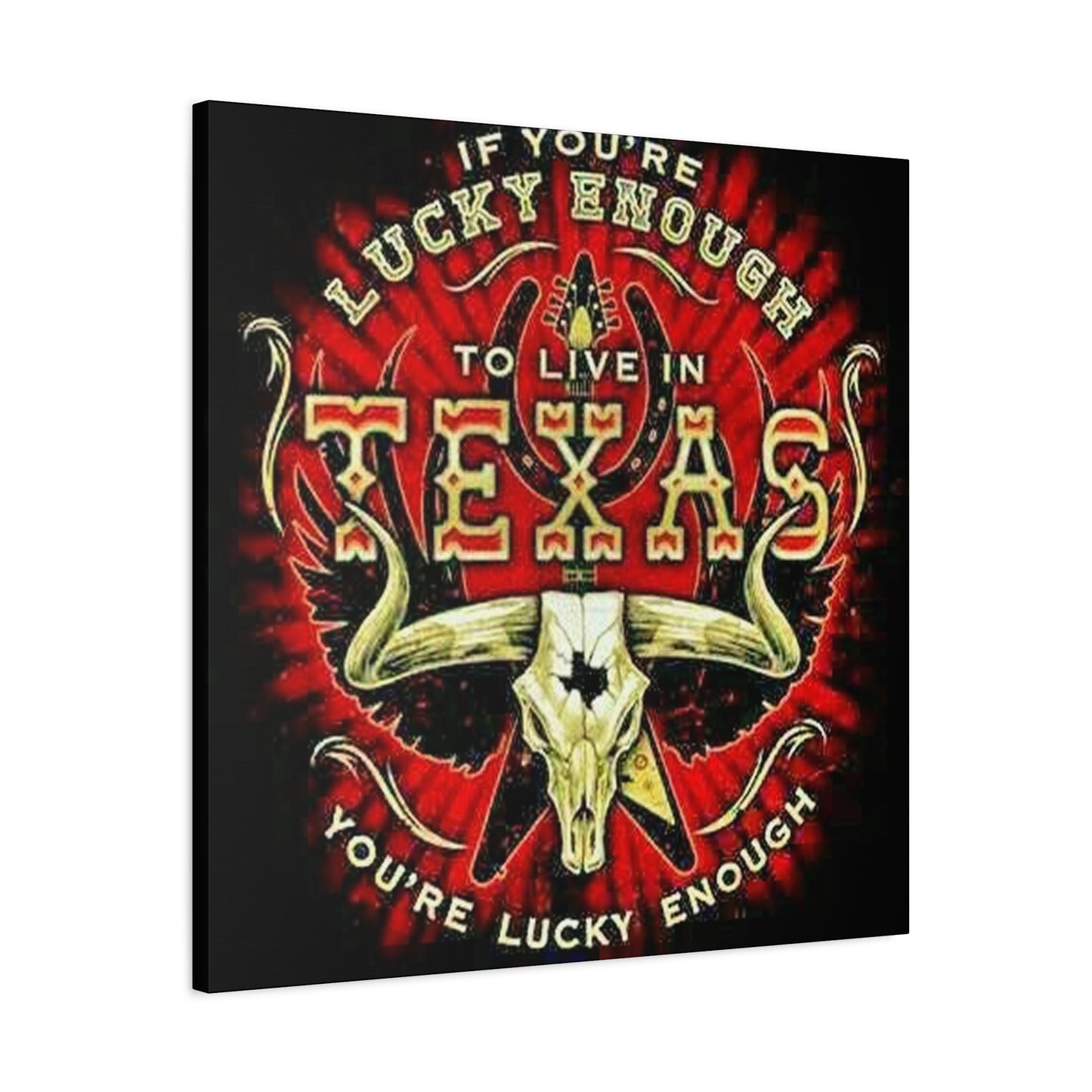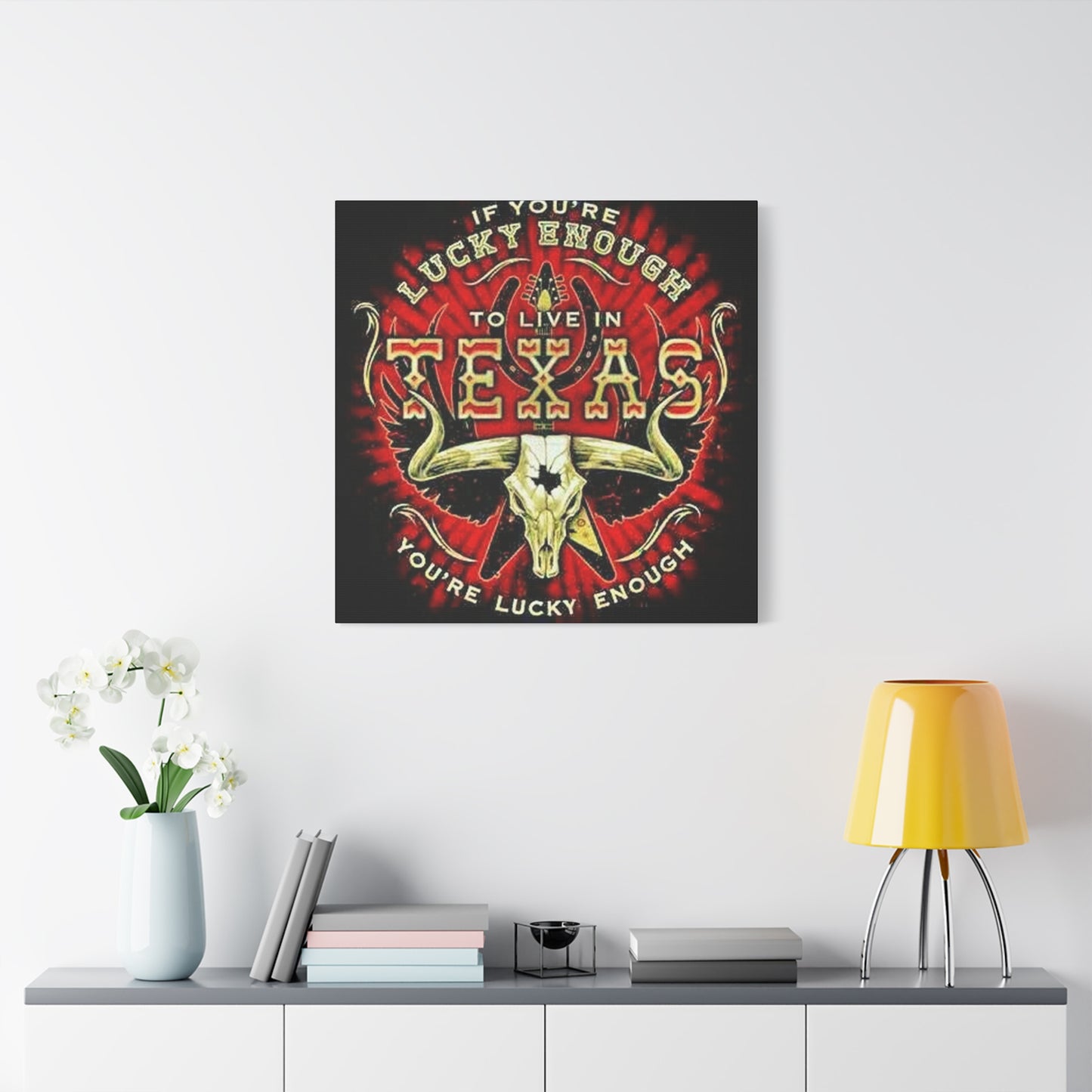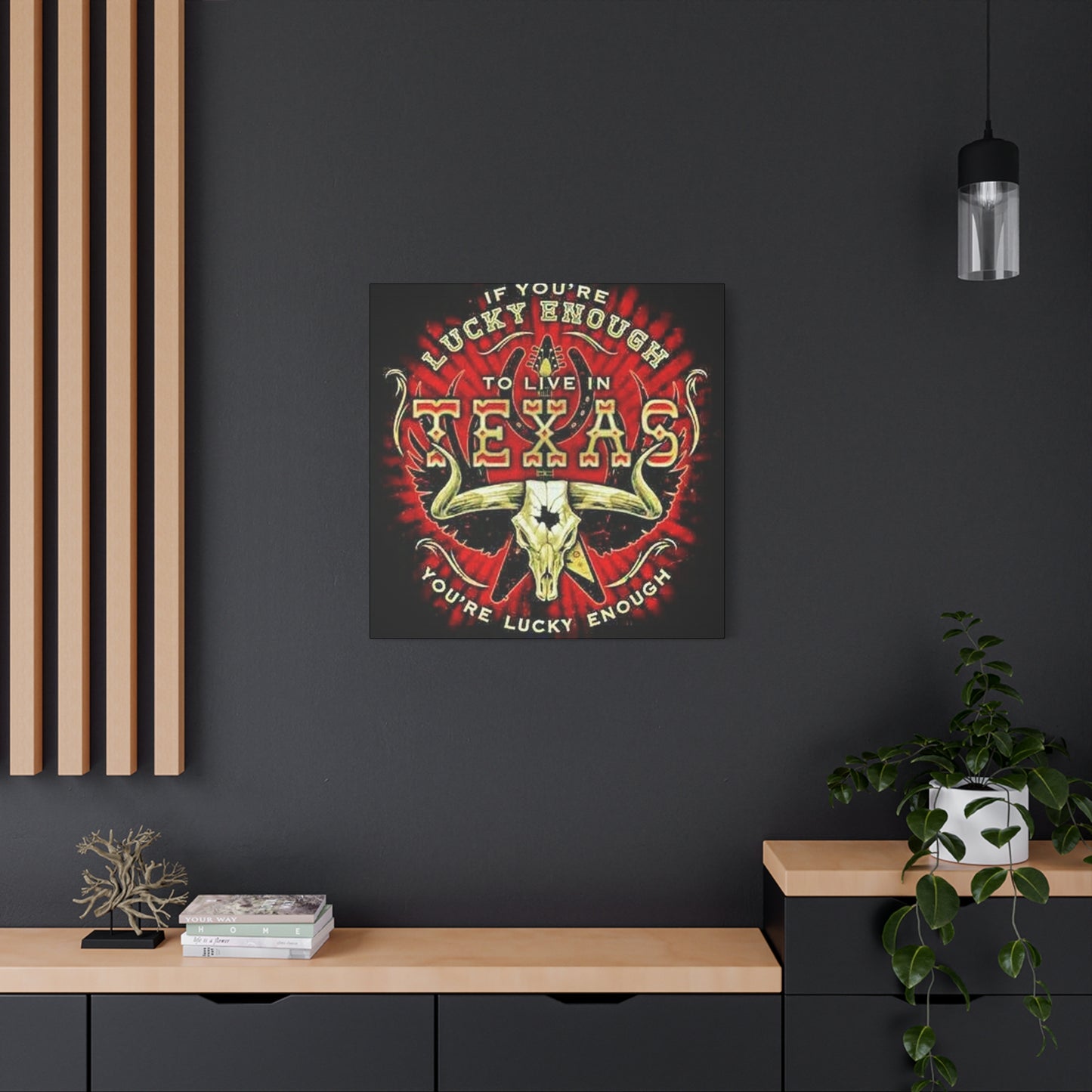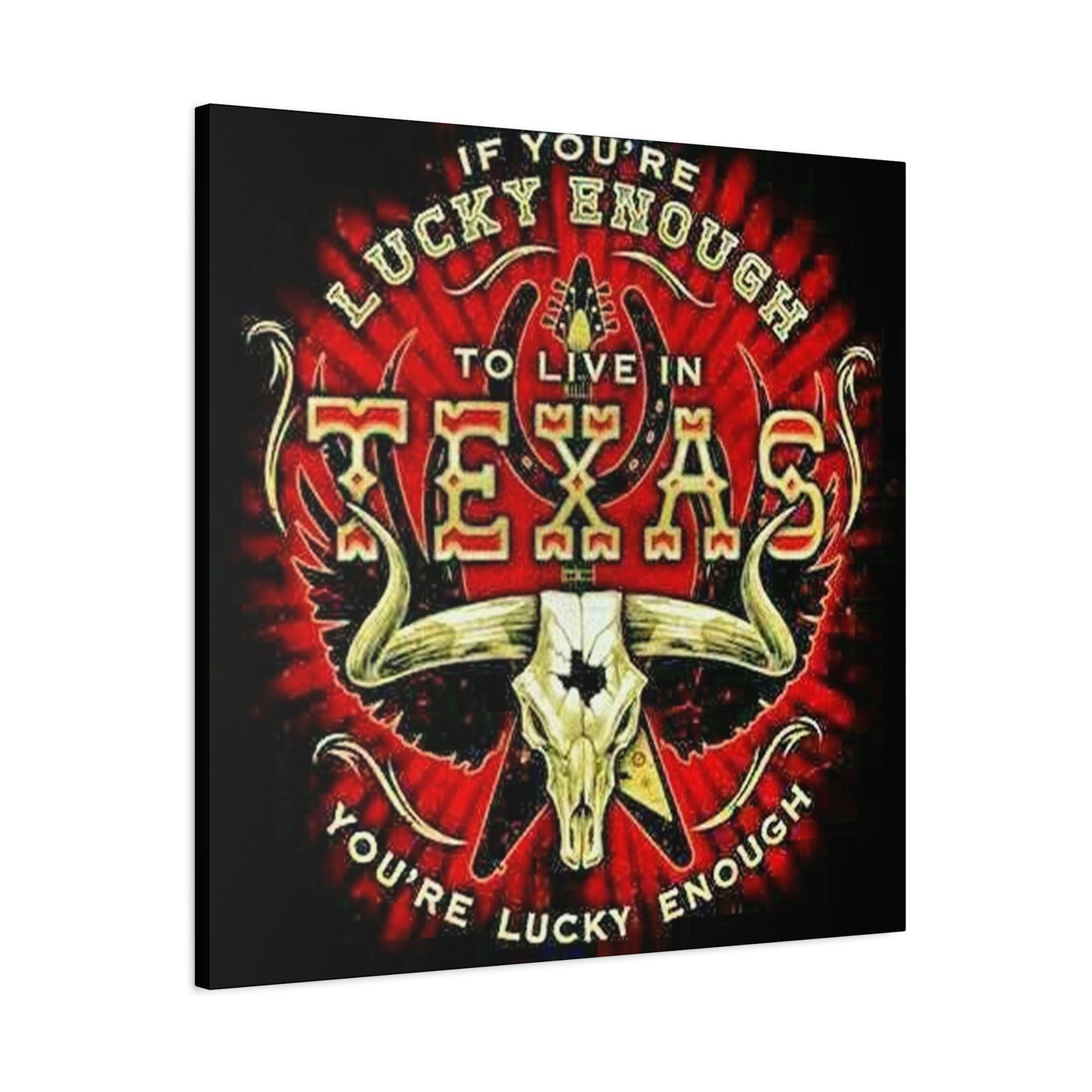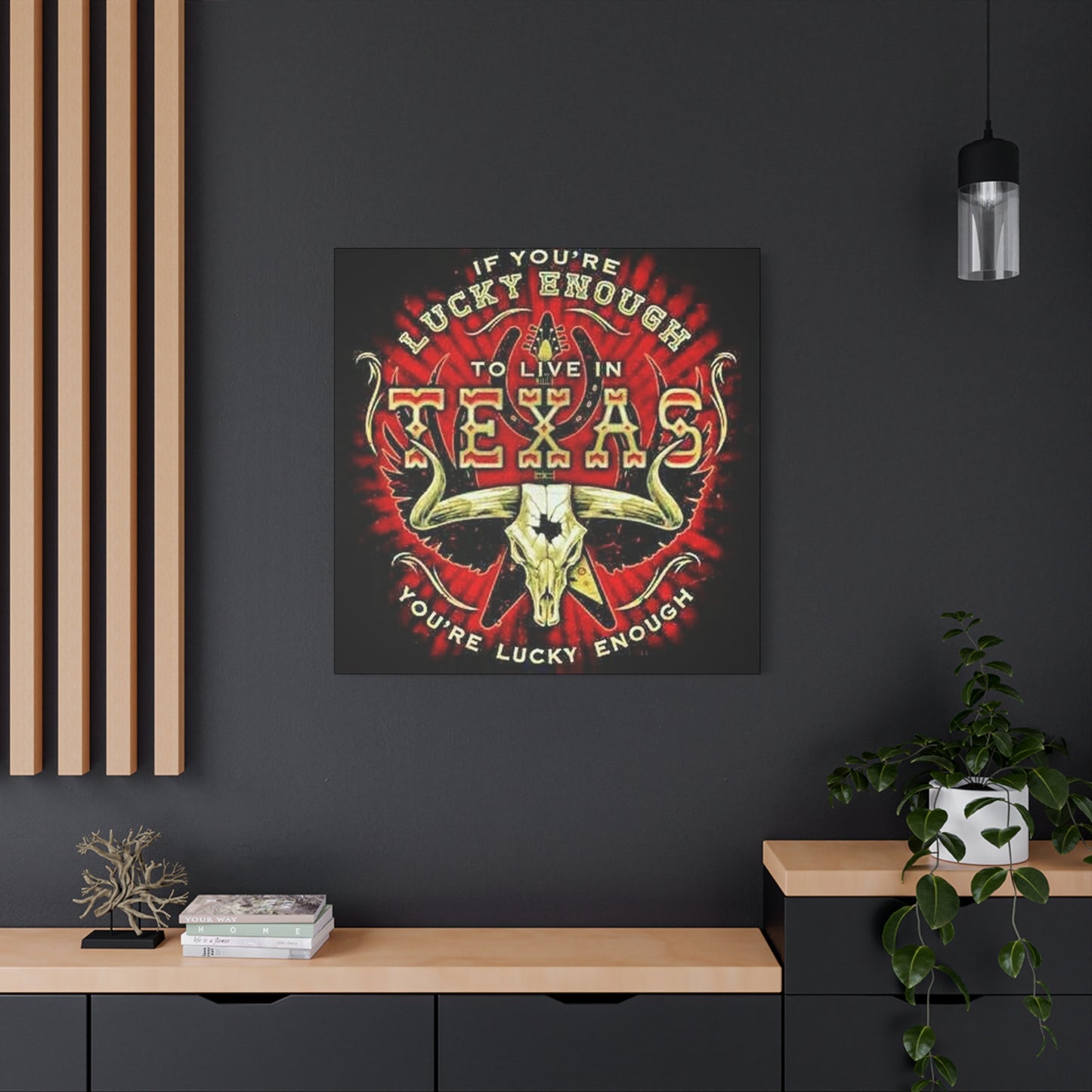Lone Star Statements: Exploring Texas Drawing Poster Wall Art for Your Space
The identity of Texas is larger than life, a tapestry woven from threads of fierce independence, diverse landscapes, and a rich, complex history. This powerful cultural identity doesn't just exist in stories or songs; it demands visual expression. For homeowners, designers, and art lovers, capturing this spirit in a tangible form is a common desire. This is where the world of Texas drawing poster wall art comes into its own, offering an accessible, versatile, and deeply personal way to celebrate the Lone Star State. Unlike photography, which captures a literal moment, or painting, which often carries a different textural weight, a drawing brings an artist's hand and personal interpretation to the forefront. It can be a simple, elegant line, a complex charcoal sketch, or a vibrant digital illustration.
When this drawing is translated into a high-quality poster, it becomes a piece of decor that can command a room, whisper of a memory, or complete a carefully curated aesthetic. This exploration delves into the multifaceted realm of Texas-themed drawing posters, examining their enduring appeal, the iconic symbols they employ, the variety of styles they embrace, and how they function as more than just decoration, but as statements of identity, history, and personal taste. From the minimalist outlines of the state to the intricate renderings of a bluebonnet field, this art form provides a unique window into the soul of Texas, ready to be displayed and cherished.
The Enduring Appeal of Texas-Themed Artwork
There is a distinct and persistent magnetism to Texas-themed artwork that transcends simple regional pride. This appeal is rooted in the state's powerful and globally recognized mythology. Texas is not just a place on a map; it is an idea. It represents concepts of resilience, boundless opportunity, and a rugged individualism that resonates with people far beyond its borders. This narrative is built from a history of cowboys and cattle drives, of oil booms and vast, open skies. Artwork, particularly Texas drawing poster wall art, serves as a direct conduit to this potent identity. Owning a piece of Texas-themed art allows an individual to align themselves with these values, whether they are a native Texan displaying their heritage or an admirer celebrating the spirit of the American West.
The drawing, as a medium, enhances this appeal by offering a layer of intimacy. A pen-and-ink sketch of a longhorn or a charcoal drawing of a desert landscape feels personal and handcrafted. It carries the artist's touch, translating the raw, expansive nature of Texas into a form that can be thoughtfully placed within a home. This art form is also remarkably versatile. It can be bold and graphic, fitting perfectly into a modern, minimalist apartment, or it can be rustic and detailed, complementing a farmhouse-style living room. The poster format makes this art accessible, allowing individuals to curate their spaces and rotate pieces without the significant investment required by original paintings. This accessibility democratizes the act of collecting and displaying art that speaks to a powerful cultural identity, ensuring that the spirit of the Lone Star State can find a home on any wall.
Exploring Iconic Texas Symbols in Drawings
The visual language of Texas is rich with symbols that are instantly recognizable and laden with meaning. Artists specializing in Texas drawing poster wall art tap into this vast symbolic library to create pieces that communicate complex ideas in a single image. The most prominent, of course, is the state outline itself. This distinctive shape is a powerful brand, and artists render it in countless ways: as a simple, bold silhouette, filled with a pattern of wildflowers, or used as a window onto a digitally drawn landscape. Another ubiquitous symbol is the Lone Star, borrowed from the state flag. In drawings, this star can be a rustic, hand-sketched element suggesting frontier life, or a sharp, geometric vector graphic representing modern precision. The longhorn steer is perhaps the most evocative symbol of the Texas cattle heritage.
Drawings of longhorns range from highly detailed, realistic pencil sketches that capture the texture of the hide and the massive span of the horns, to stylized, minimalist line art that conveys the animal's majestic form in just a few strokes. Beyond these primary icons, a secondary tier of symbolism thrives. Cowboy boots and hats, rendered in pen and ink, speak of the Western lifestyle. The armadillo, the quirky state small mammal, often appears in whimsical or folk-art-style drawings, adding a touch of humor. Oil derricks, drawn with architectural precision, pay homage to the industrial history that shaped the state's economy. Even the state flower, the bluebonnet, becomes a symbolic representation of spring, renewal, and the natural beauty of the Texas Hill Country when captured in soft pencil crayons or vibrant digital illustrations.
The Rise of Minimalist Texas Poster Design
In recent years, a significant trend in interior design has been the move toward minimalism, clean lines, and uncluttered spaces. This aesthetic might seem at odds with the "everything is bigger in Texas" mentality, but it has given rise to a sophisticated and popular category of Texas drawing poster wall art. Minimalist Texas design strips the state's iconography down to its essential elements, focusing on form, negative space, and a restrained color palette. This style proves that Texas-themed art doesn't have to be loud to make a statement. A common execution is the single-line drawing, where an artist uses one continuous, flowing line to create the outline of the state, a longhorn's head, or the curve of a cowboy boot. These pieces are subtle, elegant, and modern, fitting seamlessly into contemporary, Scandinavian, or mid-century modern decor. Typography also plays a crucial role.
A poster might feature a single word like "Austin" or "Y'all" in a clean, sans-serif font, or perhaps the coordinates of a beloved Texas city. The artistry lies in the perfect balance and spacing of the letters, turning the text itself into a piece of visual art. Color palettes are often monochromatic, relying on the stark contrast of black ink on white or cream paper. When color is used, it's typically a single, muted tone—a soft terracotta, a deep indigo, or a dusty green—that evokes the landscape without overwhelming the senses. This minimalist approach allows the viewer to appreciate the fundamental forms of Texas symbolism and invites a quieter, more personal reflection on one's connection to the state. It is a testament to the versatility of Texas identity, showing it can be just as powerful in its restraint as it is in its grandeur.
Vibrant and Colorful Texas Wall Art Illustrations
While minimalism offers a quiet sophistication, the flip side of Texas drawing poster wall art is a celebration of explosive color and energy. Texas is a land of intense sunlight, vibrant wildflowers, and diverse cultural celebrations, and this vitality is captured brilliantly in colorful illustrations. This style of poster art often rejects realism in favor of expression, using saturated hues to evoke a feeling rather than just depict a scene. Think of a West Texas sunset, not as a photograph, but as an artist's drawing using fantastic swathes of magenta, electric orange, and deep purple. These pieces become immediate focal points in a room, injecting life and warmth into a neutral space. This style is heavily influenced by the state's rich Hispanic heritage, particularly the aesthetics of folk art and festivals.
Drawings might feature brightly colored sugar skulls, intricate patterns inspired by papel picado, or lively scenes from a fiesta. Digital illustration is a popular medium for this genre, as it allows artists to work with a limitless palette and create clean, sharp lines and bold fields of color. These posters often have a graphic, almost pop-art quality. A simple drawing of an agave plant, for example, might be rendered in shades of neon green and electric blue, set against a hot pink background. This art isn't just decorative; it's celebratory. It's perfect for spaces meant for entertaining, like a dining room or kitchen, or for anyone looking to make a bold statement. It captures the joyful, exuberant, and sun-drenched side of the Texas spirit, reminding the viewer of the state's lively and colorful cultural landscape.
Rustic and Western Styles in Texas Drawings
When many people envision Texas art, their minds immediately go to rustic and Western themes. This classic style remains a cornerstone of Texas drawing poster wall art, offering a senseof history, authenticity, and connection to the land. This aesthetic is defined by its materials, textures, and subject matter. The drawings themselves often emulate the feel of old field sketches or journal entries. Media like charcoal and graphite pencil are favorites, as they allow artists to create rich shadows, rough textures, and a sense of timelessness. A charcoal drawing of a lone cowboy on horseback or a detailed pencil sketch of a weathered barn door feels grounded and real. The subject matter revolves around the icons of the frontier and ranch life. In addition to the ever-present longhorn, you'll find drawings of horses, cacti, windmills, and vast, empty prairies.
The art focuses on the raw, untamed beauty of the Texas landscape and the rugged determination of the people who settled it. These posters often incorporate elements that enhance their rustic feel. The background might be designed to look like aged parchment, distressed wood, or old burlap. Typography, when used, is often a classic serif font or a script that mimics old-fashioned handwriting. These pieces are ideally suited for decor styles like farmhouse, traditional, or industrial. They pair beautifully with natural materials like wood, leather, and stone. A rustic Texas drawing poster doesn't just hang on a wall; it tells a story of heritage and perseverance. It provides a grounding element in a home, connecting the present moment to the foundational myths and realities of the state's past.
Modern Interpretations of Lone Star State Scenery
The Texas landscape is far more varied than just flat plains and desert. It encompasses the rolling hills of the Hill Country, the dense forests of East Texas, the dramatic canyons of the Panhandle, and the sprawling urban skylines of its major cities. Contemporary artists are moving beyond traditional landscape portraiture to offer modern interpretations of this scenery in their drawing poster wall art. These pieces often blend realism with abstraction, using unique perspectives and stylized techniques to capture the essence of a place. For example, an artist might create a drawing of the Big Bend mountains, but instead of focusing on photorealistic detail, they might use geometric shapes and bold, unnatural colors to convey the feeling of heat and light. Abstract interpretations are also common.
A poster might not depict a specific landscape at all, but rather use a series of flowing lines and colors inspired by the winding path of the Rio Grande or the layered rock formations of Palo Duro Canyon. Cityscapes are another popular subject for modern interpretation. Drawings of the Dallas, Houston, or Austin skylines are often rendered with a graphic, architectural quality. An artist might use a minimalist line art style to trace the outlines of the most iconic buildings, or create a complex, layered digital drawing that captures the chaotic energy and light of the city at night. This modern approach to scenery allows Texas wall art to fit into a wider rangeind of interior design styles, including urban, contemporary, and eclectic. It shows a forward-looking perspective, celebrating the Texas of today and tomorrow while still honoring the natural beauty that defines the state.
How Texas Drawing Posters Enhance Interior Spaces
A well-chosen piece of art can fundamentally a space, and Texas drawing poster wall art is a particularly effective tool for interior enhancement. Its primary function is often to act as a focal point. A large-scale, striking drawing of a Texas map or a dramatic landscape can anchor a living room, drawing the eye and setting the tone for the entire space. Placed above a fireplace, a sofa, or a headboard, it establishes a clear center of gravity. Beyond creating a focal point, these posters are instrumental in defining or reinforcing a room's theme. A rustic charcoal sketch of a longhorn instantly solidifies a farmhouse or Western aesthetic. A minimalist black-and-white line drawing of the state outline contributes to a clean, modern, and sophisticated atmosphere.
A colorful, vibrant illustration of bluebonnets can introduce a playful, bohemian, or eclectic feel. These posters also serve to introduce color and texture. In a room with a neutral palette, a vibrant Texas poster can inject a necessary pop of color without the commitment of painting an entire wall. Conversely, a black-and-white pencil drawing can introduce visual texture and complexity to a simple, monochromatic room, adding depth and interest. Furthermore, Texas drawing posters are powerful conversation starters. They reflect the owner's personality, history, and interests. A poster of a specific city skyline can speak to where you're from, a place you love to visit, or a place you aspire to live. An abstract piece inspired by the landscape can spark conversations about art, travel, and personal interpretation. Ultimately, these posters transform a house into a home by infusing it with personal meaning and curated style.
A Reflection on Texas Wall Decor
In closing, the world of Texas drawing poster wall art is as vast, varied,and compelling as the state itself. It is a dynamic and evolving art form that defies any single definition, offering a rich spectrum of styles to suit any taste, home, or personality. It stretches from the quiet, contemplative elegance of minimalist line art to the boisterous, joyful celebration of vibrant color illustrations. It honors the past with rustic and Western-themed drawings that evoke the grit and romance of the frontier, while simultaneously looking to the future with modern, abstract interpretations of the state's natural and urban landscapes. This versatility is precisely where its enduring power lies. This form of art serves as more than mere decoration; it is a vehicle for personal expression and a powerful tool for shaping the environment in which we live.
For the native Texan, these posters are a badge of honor, a tangible link to a cherished heritage, and a daily reminder of the pride and identity that come with being from the Lone Star State. For the transplant or the admirer, they are an embrace of a spirit, a way to connect with the values of independence, resilience, and wide-open possibility that Texas symbolizes. When a person chooses a Texas drawing to hang on their wall, they are making a deliberate statement. They might be celebrating a memory of a road trip through the Hill Country, paying homage to their alma mater, or simply connecting with the raw, natural beauty of a Big Bend sunset.
In the realm of interior design, these posters are invaluable. They have the ability to anchor a room, introduce a specific mood, tell a color story, or complete a thematic concept. A single poster can tie disparate elements of a room together, creating a cohesive and intentional space. Whether it's a small print tucked into a gallery wall or a large, commanding piece that serves as a room's undisputed focal point, Texas drawing art engages the viewer and enriches the home. It is a testament to the fact that art can be both accessible and profound. It proves that a simple drawing, reproduced as a poster, can carry deep cultural significance and become a cherished part of a personal sanctuary. The enduring appeal of Texas-themed art ensures that artists will continue to find new and innovative ways to capture the state's unique soul, and that these visual statements will continue to find their place on walls around the world, telling the timeless story of Texas.
Establishing Seaside Atmosphere Using Wave Rider Imagery
Creating authentic beach ambiance within interior spaces requires more than simply painting walls blue or scattering seashells on shelves. Genuine coastal atmosphere emerges from thoughtful integration of elements that collectively evoke the sensory and emotional experience of seaside locations. Wall imagery depicting wave riders contributes substantially to this atmospheric creation, providing visual anchors around which other design elements can cohere into unified, convincing coastal environments.
The authenticity of wave rider photographs distinguishes them from generic nautical decorations. While anchors, ships' wheels, and decorative netting might signal maritime themes, they often feel contrived and disconnected from actual ocean experiences. Photographs capturing real moments of human interaction with waves possess documentary authenticity that grounds spaces in reality rather than fantasy. This authenticity creates beach atmospheres that feel lived-in and genuine rather than staged or theme-park-like, particularly important for residents seeking to express actual connections to coastal culture rather than tourist fascination.
The scale of displayed imagery significantly impacts atmospheric creation. Large-format photographs create immersive experiences, dominating visual fields and establishing commanding presence that thoroughly influences room character. Smaller images, while less overwhelming, can be grouped in collections that build cumulative atmospheric impact while offering variety and visual complexity. Strategic consideration of scale relative to room dimensions and intended atmospheric intensity ensures displayed photographs achieve desired effects without overwhelming spaces or diminishing through inadequate presence.
Color temperature within selected photographs influences the specific quality of beach atmosphere created. Cool-toned images emphasizing blues, grays, and whites evoke refreshing, crisp seaside mornings or the dramatic power of stormy coasts. Warmer images featuring golden light, bronze skin tones, and sunset colors create inviting, comfortable atmospheres reminiscent of lazy afternoon beach sessions. Mixing different color temperatures within a space can create temporal narratives, suggesting the progression from morning through evening or representing seasonal variations in coastal light and atmosphere.
The integration of wave rider imagery with complementary design elements amplifies atmospheric impact. When photographs appear alongside physical objects like vintage boards, natural rope, driftwood, or coral specimens, they validate and reinforce each other's presence. The photographs provide visual context that makes physical objects feel more meaningful, while the tangible items lend authenticity to the imagery, creating synergistic relationships where combined atmospheric impact exceeds what either element could achieve independently.
Lighting design plays a crucial role in maximizing the atmospheric contribution of displayed photographs. Proper illumination reveals image details, enhances colors, and can dramatically affect mood interpretation. Adjustable lighting allows atmospheric modulation throughout the day, creating energizing brightness during active hours and softer, more contemplative illumination during evening relaxation. Consideration of both natural and artificial light sources ensures photographs maintain visual impact under varying conditions while avoiding glare or degradation issues that compromise image quality.
Excitement and Energy Frozen in Ocean Sport Photography
The ability to freeze dramatic moments represents one of photography's most remarkable powers, and nowhere is this more evident than in imagery capturing wave riders at peak performance. These split-second captures preserve instances of extraordinary beauty, skill, and natural power that exist too briefly for normal human perception to fully appreciate. The resulting images offer viewers opportunity to examine and marvel at details that would blur past unnoticed during real-time observation, revealing hidden dimensions of athletic grace and wave dynamics.
The technical achievement required to create exceptional action photographs adds layers of appreciation for discerning viewers. Understanding the difficulty of positioning, timing, and executing these captures enhances respect for both the depicted athletes and the photographers who document their feats. This appreciation for craft quality distinguishes thoughtful art collectors from casual decorators, elevating displayed images beyond mere ornamentation to recognized achievements worthy of display and contemplation.
The variety of dramatic moments available in wave rider photography ensures options for every aesthetic preference and spatial requirement. Some images capture aggressive power, showing athletes launching into aerial maneuvers or carving through waves with explosive force. Others portray elegant tube rides, where riders disappear within curling wave cylinders in displays of perfect positioning and nerve. Still others focus on wipeouts and consequences, acknowledging the sport's inherent dangers and the courage required to attempt challenging maneuvers. This diversity allows precise matching of image energy to room function and viewer personality.
The interplay between human achievement and natural power visible in these photographs creates compelling visual tension. Waves represent forces vastly greater than human strength, yet skilled athletes manipulate these forces through knowledge, timing, and technique. This David-and-Goliath dynamic resonates deeply with viewers, symbolizing humanity's relationship with nature more broadly. The images become metaphors for life challenges, demonstrating that while we cannot control powerful forces, we can learn to work with them skillfully, finding paths through apparent obstacles.
The aesthetic beauty of captured spray, foam patterns, and light interactions adds artistic dimensions beyond documentary sports photography. Water droplets suspended in sunlight create prismatic effects, wave faces become canvases of texture and color, and the athlete's form introduces human geometry into organic natural shapes. These aesthetic qualities allow the images to function as legitimate art pieces rather than merely sports memorabilia, justifying their presence in sophisticated interiors and broadening their appeal beyond surf enthusiasts to anyone appreciating visual beauty.
The emotional impact of these dramatic captures extends beyond initial viewing. Returning to displayed images reveals new details and perspectives, creating relationships that deepen over time. Viewers may notice background elements previously overlooked, appreciate subtle aspects of athlete positioning, or see how changing moods affect personal interpretations of the frozen moments. This layered complexity prevents visual exhaustion, ensuring photographs maintain interest and value throughout years of daily viewing.
Wave Rider Imagery for Dynamic Living Environments
Spaces dedicated to physical activity, health, and energetic pursuits benefit tremendously from visual elements that reinforce their intended purposes. Photographs of athletes performing at peak levels on waves provide ideal imagery for gyms, fitness rooms, game rooms, and other active spaces. These images subtly communicate expectations and values, creating atmospheric contexts that encourage physical effort, skill development, and the pursuit of challenging goals.
The inspirational quality of athletic imagery operates on both conscious and subconscious levels. Consciously, viewers recognize the dedication and training required to achieve depicted performances, potentially motivating their own fitness efforts. Subconsciously, the presence of high-performance imagery establishes environmental norms that influence behavior and attitude. Psychological research on priming effects demonstrates that environmental cues significantly impact performance, making the selection of displayed imagery in active spaces more consequential than purely decorative concerns might suggest.
The specific athletic qualities visible in wave rider photography align particularly well with contemporary fitness philosophies. Modern exercise science emphasizes functional movement, core strength, balance, and full-body integration rather than isolated muscle development. The sport of wave riding demands exactly these qualities, making images of practitioners particularly relevant to current training approaches. Viewers pursuing functional fitness can see visual examples of the practical application of strength, flexibility, and coordination, reinforcing the value of their training methods.
The outdoor, natural setting of wave rider photography also addresses a growing concern in fitness culture regarding the disconnect between gym environments and practical physical application. Images depicting athletic performance in authentic natural settings rather than artificial gym contexts remind viewers that fitness serves purposes beyond aesthetic appearance, connecting physical development to genuine capabilities and experiences. This perspective can help maintain motivation during difficult training periods by reinforcing meaningful goals beyond superficial metrics.
The gender-inclusive nature of contemporary wave riding culture makes related imagery appropriate for diverse household compositions. Quality collections include photographs of athletes of various genders, ages, and body types, all demonstrating impressive skills and ocean mastery. This diversity ensures that all household members can find inspirational identification figures, making displayed imagery relevant to everyone rather than implicitly excluding certain demographics through narrow representation.
The color palettes and visual energy of wave rider photographs also suit active spaces better than many alternatives. The natural blues, whites, and earth tones avoid the visual harshness of highly saturated commercial gym graphics while maintaining sufficient contrast and vibrancy to energize rather than sedate. The organic nature of depicted subjects creates more welcoming atmospheres than purely abstract or mechanical imagery, making fitness spaces feel less institutional and more connected to holistic wellness philosophies that integrate physical health with mental well-being and nature connection.
Arranging Wave Rider Imagery on Interior Walls
The effectiveness of displayed photography depends substantially on thoughtful presentation and spatial arrangement. Simply hanging individual images randomly on available wall space produces cluttered, incoherent results that diminish both the photographs and the rooms they occupy. Strategic styling approaches maximize visual impact while creating cohesive relationships between displayed images, surrounding furnishings, and architectural features.
Gallery wall arrangements offer versatile options for displaying multiple photographs in visually interesting configurations. Symmetrical grid arrangements create orderly, formal presentations that suit traditional interiors and convey organized, methodical character. Asymmetrical salon-style arrangements introduce playful energy and creative spirit, working particularly well in casual spaces and contemporary interiors. The key to successful gallery walls lies in planning the complete arrangement before installation, ensuring adequate spacing, visual balance, and appropriate relationships between images of varying sizes and orientations.
Single statement pieces provide alternative approaches when visual simplicity and dramatic impact take priority over variety. Large-format photographs displayed in isolation become room focal points, commanding attention and establishing dominant design themes. This approach works especially well in minimalist interiors where excessive visual complexity would conflict with overall aesthetic goals. Statement pieces require careful selection, as their prominence makes their specific content, quality, and framing particularly consequential to overall room success.
The relationship between displayed photographs and furniture arrangements requires careful consideration. Images positioned above sofas, beds, or console tables should relate to these pieces in scale and theme, creating unified vignettes rather than disconnected elements. The general principle suggests that displayed artwork should span roughly two-thirds to three-quarters of the furniture width below it, though this guideline admits flexibility based on specific circumstances and aesthetic preferences.
Height considerations significantly affect viewing comfort and spatial perception. Standard recommendations suggest hanging images so their centers fall approximately at average standing eye level, typically between fifty-seven and sixty inches from the floor. However, this guideline requires adjustment based on room function, ceiling height, and whether images will be viewed primarily while standing or seated. Images intended for viewing from seated positions should hang lower, while those in rooms with high ceilings can be positioned higher to better fill vertical space.
Framing choices dramatically influence how displayed photographs integrate with their environments. Frame styles range from ornate traditional designs to minimal contemporary options, each creating different aesthetic effects. The frame should complement both the photograph's content and the room's overall design language without overwhelming the image itself. Matting decisions similarly affect presentation, with wider mats creating formal, gallery-like appearances while narrow or absent mats produce more casual, contemporary looks. Glass or acrylic glazing protects photographs while affecting their visual character through different reflective properties and clarity levels.
Striking and Energetic Wave Photography for Interior Walls
Not all wave rider photographs possess equal visual impact. Certain images distinguish themselves through exceptional composition, dramatic lighting, unusual perspectives, or captured moments of extraordinary significance. These standout photographs justify premium positioning and investment, serving as genuine art pieces rather than merely decorative elements. Recognizing qualities that separate exceptional imagery from adequate documentation helps collectors and decorators make selections that maintain long-term satisfaction and value.
Compositional excellence represents the foundation of compelling photography. Strong compositions guide viewer attention deliberately through image space, creating visual pathways that reveal intended subjects and relationships while maintaining overall balance. The rule of thirds, leading lines, framing devices, and negative space management all contribute to compositional strength. Exceptional wave rider photographs demonstrate sophisticated compositional awareness, positioning subjects and environmental elements to maximize visual impact and narrative clarity.
Lighting quality separates memorable photographs from forgettable documentation. The golden hours surrounding sunrise and sunset provide warm, directional light that reveals textures, creates dimensional shadows, and bathes scenes in appealing color casts. Backlighting can transform spray and droplets into sparkling jewels, while side lighting emphasizes wave face textures and water movements. Photographers who understand light's transformative power and position themselves to exploit optimal conditions create images with luminous quality that reproduction on walls maintains and celebrates.
Unique perspectives distinguish creative photographic vision from routine documentation. While most wave rider photographs are captured from shoreline or water-level positions, exceptional images might utilize aerial viewpoints, underwater angles, or unusual lens choices that reveal familiar subjects in fresh ways. These unconventional perspectives challenge viewer expectations, creating memorable images that reward contemplation and resist visual fatigue even after extended display periods.
Wave Rider Photography
Design trends cycle continuously, with yesterday's cutting-edge aesthetics becoming today's dated clichés. Amid this relentless change, certain design elements maintain relevance across decades, resisting trend obsolescence through timeless qualities. Wave rider photography belongs to this enduring category, possessing characteristics that ensure continued appeal regardless of shifting fashionable preferences. Understanding these timeless qualities helps explain why investment in quality imagery represents wise long-term decisions rather than capitulation to temporary trends.
The fundamental human fascination with water ensures perpetual interest in aquatic imagery. Evolutionary psychology suggests that humans possess innate attraction to water sources, inherited from ancestors for whom water proximity meant survival. This biological predisposition creates universal appeal for imagery featuring water in its various forms. Unlike design elements tied to cultural moments or specific aesthetic movements, water imagery connects to deep-seated responses that transcend particular times and places.
The athletic human form represents another timeless subject, celebrated across cultures and throughout history. From ancient Greek sculpture to Renaissance painting to contemporary photography, the human body in motion has consistently fascinated artists and audiences. Wave rider photography participates in this long tradition, offering contemporary expressions of perennial interests in physical capability, grace, and the beauty of human movement. This connection to artistic traditions spanning millennia virtually guarantees continued relevance regardless of interior design fashion cycles.
The color palette inherent in ocean photography possesses timeless neutrality that avoids dated associations. Blues, whites, and earth tones have never fallen from favor and show no signs of becoming aesthetically problematic. Unlike colors associated with specific decades—avocado green suggesting the nineteen seventies, for instance—ocean colors maintain perpetual freshness. This chromatic neutrality allows wave rider photography to integrate successfully with evolving interior schemes without requiring replacement when other design elements change.
The absence of cultural specificity in many wave rider photographs contributes to their timelessness. While the sport certainly possesses cultural dimensions and historical development, individual photographs often transcend these contexts, showing simply a human engaging with a wave. This universality prevents images from feeling dated as cultural references age. Unlike photographs featuring recognizable fashion, technology, or cultural symbols that mark specific eras, many wave images could have been captured yesterday or decades ago, creating temporal ambiguity that resists obsolescence.
Reimagining Interior Spaces With Ocean Wave Imagery
The decision to incorporate wave rider photography into interior spaces represents more than incremental decoration; it potentially catalyzes comprehensive spatial reimagining. Powerful imagery establishes new visual themes that can inspire broader design reconsiderations, leading to transformations that extend far beyond simply hanging photographs on existing walls. Understanding this catalytic potential helps maximize the impact of displayed imagery while creating more cohesive, intentional environments.
The process typically begins with selecting photographs that resonate emotionally and aesthetically. These choices reveal preferences and priorities that may not have been consciously articulated before. A preference for dramatic, powerful images versus serene, graceful ones indicates different aesthetic sensibilities and desired atmospheric qualities. These revelations guide subsequent design decisions, ensuring that changes align with genuine preferences rather than following arbitrary trends or conventional wisdom that may not suit individual tastes.
Color schemes often evolve in response to displayed photography. While ocean imagery typically features blues, whites, and neutral tones, specific photographs emphasize particular hues that can inspire palette refinements throughout spaces. A photograph featuring deep indigo water might suggest incorporating richer blue accents, while images dominated by white spray and foam could encourage lighter, airier color approaches. Using displayed photography as palette inspiration ensures color schemes feel cohesive and intentional rather than arbitrarily selected from generic coastal design formulas.
Furniture selections and arrangements may also shift to better complement displayed imagery. The clean lines and natural materials appropriate to coastal aesthetics harmonize particularly well with wave rider photography, potentially motivating replacement of pieces that conflict with emerging design directions. Furniture arrangements might be adjusted to optimize photography visibility, ensuring that powerful images receive appropriate attention rather than being obscured or marginalized by poor spatial planning.
Textural palettes typically broaden when wave rider photography enters spaces, as the natural textures visible in images inspire incorporation of complementary physical textures. The visual representation of wood grain on boards, rough rope texture, or woven fabric patterns can motivate addition of actual materials possessing similar tactile qualities. This dialogue between visual and physical texture enriches sensory experiences, creating more dimensionally interesting environments than purely visual approaches achieve.
Lighting designs often require reconsideration to properly illuminate displayed photography while creating appropriate atmospheric conditions. Task lighting may be added to highlight specific images, ambient lighting adjusted to prevent glare on glazed surfaces, and overall lighting schemes modified to create conditions under which photographs appear at their best. These lighting improvements typically benefit entire spaces beyond simply enhancing photography display, creating more versatile and controllable atmospheric options.
The incorporation of wave rider photography can inspire broader lifestyle considerations that extend beyond pure interior design. Displayed images serve as daily reminders of values and aspirations, potentially motivating changes in physical fitness pursuits, travel plans, or time allocation priorities. A home decorated with inspiring athletic imagery implicitly encourages active lifestyle choices, creating environments that support rather than conflict with personal development goals. This deeper transformative potential elevates interior design beyond superficial aesthetics to meaningful support for intentional living.
Integrating Wave Rider Images Within Contemporary Design
Modern interior design encompasses diverse approaches, from industrial minimalism to mid-century nostalgia to Scandinavian simplicity. Wave rider photography's versatility allows successful integration across this spectrum, though specific selection and presentation strategies vary according to particular modern aesthetic categories. Understanding how to adapt imagery choices and display methods to different contemporary styles ensures cohesive results rather than jarring mismatches.
Minimalist interiors, characterized by restraint, clean lines, and limited ornamentation, benefit from carefully selected wave rider photography displayed with maximum simplicity. Single large-format images work particularly well, providing visual interest without cluttering spare aesthetic approaches. Frame selection proves crucial, with simple black, white, or natural wood frames maintaining minimalist purity. The photography itself should demonstrate compositional clarity and uncluttered backgrounds that align with minimalist principles rather than chaotic, busy compositions that would conflict with overall restraint.
Mid-century modern spaces, with their organic forms, warm wood tones, and connection to nature, naturally accommodate wave rider imagery. The period's embrace of nature-inspired design and human-centered functionality aligns perfectly with photographs celebrating human interaction with natural forces. Frame selections might reference mid-century aesthetics through warm wood frames or period-appropriate metal finishes. Gallery wall arrangements featuring varied sizes and asymmetrical organization capture mid-century playfulness while maintaining sophisticated visual interest.
Industrial interiors, featuring exposed materials, raw textures, and utilitarian aesthetics, create interesting juxtapositions with wave rider photography's organic subjects. This contrast can be highly effective, with natural imagery softening hard industrial edges while industrial elements prevent organic subjects from feeling overly precious or decorative. Large-scale prints mounted on minimal backing or displayed in metal frames with visible hardware embrace industrial aesthetic while introducing necessary warmth and life into potentially cold spaces.
Scandinavian design, emphasizing natural light, pale color palettes, and understated elegance, pairs beautifully with wave rider photography featuring bright, airy qualities. Images captured in morning light with emphasis on whites, pale blues, and natural wood tones harmonize perfectly with Scandinavian interiors. Simple light wood frames or frameless mounting options maintain the style's characteristic simplicity. The imagery's connection to nature and outdoor activity aligns with Scandinavian cultural values, creating authentic rather than superficial design coherence.
Ocean Action Imagery Ideal for Coastal Residences
Properties located directly on coastlines possess unique decorating opportunities and challenges. The spectacular natural views available require interior design that complements rather than competes with outdoor vistas, while the casual lifestyle and relaxed atmosphere of beach communities suggest informal, comfortable approaches. Wave rider photographs serve coastal residences particularly well, enhancing rather than conflicting with their special characteristics while celebrating the lifestyle that makes beachfront living so desirable.
The relationship between interior photography and exterior views deserves careful consideration. Photographs visible from positions offering ocean views should enhance appreciation of those views rather than creating competition or distraction. This often suggests positioning photography on walls perpendicular to window walls rather than opposite them, allowing photographs to be appreciated during moments when attention naturally turns away from windows. Alternatively, photography can be positioned to be viewed while facing windows, with images appearing in peripheral vision while ocean views occupy central focus, creating layered visual experiences.
The color relationships between displayed photography and visible ocean views can create beautiful harmonies or unfortunate clashes. Photographs capturing similar lighting conditions and water colors to those frequently visible from windows create seamless visual continuity, making interiors feel like natural extensions of outdoor environments. Conversely, dramatic differences in color temperature or mood between images and views can feel jarring. This doesn't require perfect matching, but awareness of dominant exterior color characteristics helps inform interior imagery selection.
Introducing Excitement Through Wave Action Photography
Modern life often feels safe, predictable, and perhaps overly controlled, with genuine adventure and physical challenge increasingly rare for many people. Interior environments that incorporate photography celebrating adventurous pursuits help counterbalance this tendency, serving as daily reminders that excitement, challenge, and meaningful risk remain valuable life components. Wave rider photography particularly excels at introducing adventure into domestic spaces through its documentation of individuals willingly engaging with powerful natural forces.
The elemental nature of the depicted activity enhances its adventurous character. Unlike adventure experiences mediated by extensive technology and safety equipment, wave riding involves relatively minimal barriers between human and natural force. This directness creates authentic rather than manufactured adventure, distinguishing the activity from increasingly popular extreme sports that often depend heavily on equipment and artificial environments. Photographs capturing this elemental engagement resonate.
Conclusion
Bringing the breathtaking vistas of the Great Smoky Mountains into your home through wall art prints is an excellent way to capture the park’s natural beauty and immerse yourself in its peaceful, awe-inspiring landscapes. These prints serve as more than just decorative pieces—they are windows to a world where towering trees, mist-covered ridges, and rolling valleys meet the eye in a stunning array of colors and textures. Whether you’ve visited the Smokies or dream of exploring this iconic national park, wall art prints offer a way to keep that sense of wonder and tranquility alive in your living space.
The Great Smoky Mountains are renowned for their diversity of wildlife, dense forests, and dramatic mountain views, all of which are beautifully represented in the art created by talented photographers and artists. When you choose to adorn your walls with prints from this majestic park, you’re not just decorating a room; you’re bringing a slice of nature’s grandeur into your home. These pieces act as a daily reminder of the natural world’s power and beauty, offering an escape from the busyness of everyday life and connecting you to something larger than yourself.
One of the most remarkable qualities of Smoky Mountain wall art prints is the way they capture the changing moods of the landscape. From the soft, misty mornings to the vibrant fall foliage and the snow-dusted peaks in winter, the Smokies offer a constantly evolving visual experience. This diversity means that your wall art can change the mood of a room depending on the season or the time of day. A misty morning print can bring a sense of calm and stillness, while a vibrant autumn scene filled with reds, oranges, and yellows can infuse the room with warmth and energy.
In addition to their beauty, these prints can evoke a sense of nostalgia and personal connection. For those who have visited the park, a piece of wall art can serve as a cherished reminder of a favorite hike, a peaceful moment in nature, or a memorable road trip through the Smoky Mountains. It’s an opportunity to bring home not just a piece of art but also a memory that will continue to inspire and transport you back to the tranquility of the park whenever you need it most.
Furthermore, Great Smoky National Park wall art prints are incredibly versatile, making them an excellent choice for a variety of decor styles. Whether your home is filled with rustic charm, modern minimalism, or traditional elegance, Smoky Mountain prints can seamlessly integrate into your existing design. The earthy tones of the mountains and forests complement natural materials like wood and stone, while the rich colors found in the artwork can add depth and vibrancy to any space. Whether placed in the living room, hallway, or even a home office, these prints can transform any room into a peaceful retreat that evokes the serenity of nature.
The high-quality prints available in various sizes allow you to create a gallery of Smoky Mountain scenes or make a single statement piece that acts as the focal point of your room. Larger prints can fill a spacious wall, creating an immersive experience, while smaller prints can be grouped together to tell a story of the park’s diverse landscapes. You can even opt for black-and-white prints for a timeless, classic look or vibrant color photographs to bring the natural beauty of the Smokies to life in your home.
In conclusion, bringing the vistas of Great Smoky National Park into your living space with wall art prints allows you to connect with the park’s remarkable beauty, no matter where you are. These prints not only serve as a tribute to one of America’s most treasured national parks, but they also inspire a sense of adventure, peace, and connection to nature. Whether you’ve trekked its trails or dream of doing so, Smoky Mountain wall art brings the spirit of the mountains into your home, creating a space that feels grounded, serene, and full of natural wonder. So, bring the vistas home, and let the Smoky Mountains continue to inspire and enrich your life.

















